Breast Augmentation Recovery in Thailand: Your Comprehensive Guide
"The recovery time for breast augmentation in Thailand typically involves about 7-10 days in the country for initial healing and follow-up, with full recovery and implant settling taking several weeks to up to a year."
.png)
Undergoing breast augmentation in Thailand is a popular choice for many individuals seeking high-quality results at a more affordable price point. While the location might be different, the biological process of healing remains the same as anywhere else in the world. Understanding the recovery timeline is crucial for planning your trip and ensuring a smooth, comfortable experience. Patients generally need to plan for a stay of at least one week in Thailand after their surgery to allow for initial healing and essential post-operative checks. The journey to complete recovery, including the implants settling into their final position, is a gradual process that extends over several months.
What to Expect Immediately After Breast Augmentation Surgery?
"Immediately after breast augmentation surgery, patients should expect soreness, tightness, and some pain managed with medication, along with swelling and bruising, while wearing a surgical compression bra."
The first 24 to 72 hours post-surgery are the most critical for initial recovery. You will likely wake up feeling groggy from the anesthesia. Your chest area will feel sore, tight, and potentially heavy, which is a normal response to the surgical procedure. Pain medication, prescribed by your surgeon, will be administered to manage this discomfort effectively. Significant swelling and some bruising around the breast area and potentially extending to the abdomen are also very common. You will be fitted with a specialized surgical bra or a compression garment, which is essential for minimizing swelling, providing support, and helping the implants settle correctly. During this period, rest is paramount. You will be advised to sleep on your back with your upper body elevated, using pillows to maintain this position, to further reduce swelling and aid circulation. Any movement should be minimal and slow, restricted to essential tasks like getting out of bed to use the restroom.
What happens during the first week of breast augmentation recovery?
"During the first week of breast augmentation recovery, discomfort will gradually decrease, swelling and bruising will start to subside, light walking is encouraged, and surgical drains (if used) are typically removed."
As you progress through the first week following your breast augmentation procedure, you'll notice a gradual improvement in your comfort levels. The initial acute pain will diminish, and you may find that you can transition from stronger prescribed pain medication to over-the-counter pain relievers as directed by your surgeon. While swelling and bruising will still be present, they should visibly begin to lessen each day. It's important to start incorporating light walking into your routine, as advised by your medical team. This gentle activity helps to promote healthy blood circulation, which is vital for healing, and reduces the risk of blood clots. If your surgeon used surgical drains to collect excess fluid, these are typically removed during a follow-up appointment within this first week. This appointment is also crucial for your surgeon to assess your healing progress and address any immediate concerns. Many patients find that by the end of this first week, they feel well enough for their initial flight home, assuming their surgeon gives clearance.
What is the timeline for resuming normal activities after breast augmentation?
"The timeline for resuming normal activities after breast augmentation is gradual: light, non-strenuous work can often be resumed within 2-4 weeks, while strenuous exercise and heavy lifting are typically restricted for 6-8 weeks, with full recovery taking months."
Returning to your regular routine after breast augmentation is a phased process, guided by your body's healing.
-
Weeks 2-4: By this point, you should feel significantly better and have considerably less pain. While swelling will continue to decrease, your breasts will begin to soften and "drop" into a more natural position as the implants settle. Many patients can return to light, non-strenuous work, desk jobs, and most daily routines. However, any activity involving heavy lifting, pushing, or pulling, and vigorous exercise, is still strictly prohibited to avoid straining the healing tissues and disrupting implant placement. You must continue wearing your supportive surgical bra as instructed.
-
Weeks 4-6: You may feel comfortable enough to resume moderate exercise, such as brisk walking or cycling on a stationary bike, but always with your surgeon's approval. Activities that specifically engage the pectoral muscles should still be avoided.
-
Weeks 6-8 and Beyond: Most patients are typically cleared to resume more strenuous exercise, including heavy lifting and high-impact activities, after 6 to 8 weeks, but this depends entirely on individual healing and your surgeon's specific instructions. It's important to listen to your body and not push yourself too hard.
It can take several months—often 3 to 6 months, and sometimes even up to a full year—for all residual swelling to completely subside, for the implants to fully settle into their final position, and for scar lines to mature and fade to their ultimate appearance. Any changes in nipple sensation, which can occur temporarily, may also gradually return during this extended period. Patience during this long-term recovery phase is key to achieving the best possible aesthetic outcome.
What kind of support garment is needed after breast augmentation?
"After breast augmentation, a specialized surgical bra or compression garment is essential for several weeks to months to reduce swelling, provide support, and help the implants settle properly."
The use of a supportive garment is a critical component of breast augmentation recovery. Immediately after surgery, your surgeon will likely fit you with a specialized surgical bra. This bra is designed to apply gentle, even compression across the breasts, which helps to minimize post-operative swelling and bruising. More importantly, it provides crucial support to the healing tissues and helps to hold the newly placed breast implants in their correct position, preventing them from shifting while the surrounding tissues heal and adapt. Your surgeon will provide specific instructions on how long you need to wear this garment, which can range from several weeks continuously (day and night) to a few months, gradually transitioning to a comfortable, wire-free support bra. Adhering to these instructions is vital for optimizing your results and ensuring the long-term success of your breast augmentation.
What are common discomforts during breast augmentation recovery?
"Common discomforts during breast augmentation recovery include soreness, tightness, aching, swelling, bruising, and a sensation of pressure or heaviness in the chest."
It's normal to experience a range of discomforts as your body heals from breast augmentation.
-
Soreness and Pain: This is universal. The degree of pain varies among individuals but is typically managed effectively with prescribed pain medication. It's often described as a deep ache or muscle soreness, similar to an intense chest workout.
-
Tightness/Pressure: A feeling of tightness or pressure across the chest is common, especially with submuscular implant placement, as the muscle needs to stretch to accommodate the implant.
-
Swelling and Bruising: These are expected inflammatory responses to surgery. Swelling can make your breasts appear larger than their final size, and bruising can extend beyond the breast area.
-
Numbness or Altered Sensation: Temporary changes in nipple or breast sensation (either increased sensitivity or numbness) are common due to nerve disruption during surgery. Sensation usually returns gradually over several months.
-
Itching: As incision sites heal, some itching is normal.
-
Fatigue: Your body is working hard to heal, so feeling tired is also a common part of the recovery process.
Your medical team in Thailand will provide clear instructions on how to manage these discomforts and what to expect at each stage of your recovery.
How soon can I travel back home after breast augmentation in Thailand?
"You can typically travel back home after breast augmentation in Thailand approximately 7-10 days post-surgery, following your final check-up and surgeon's clearance, to ensure initial healing and minimize travel risks."
The recommended stay in Thailand after breast augmentation is generally around 7 to 10 days. This duration allows for the critical initial healing phase to occur under the direct supervision of your surgeon. During this time, you will have follow-up appointments where your surgeon can assess your progress, remove any drains or stitches (if applicable), and ensure there are no immediate complications. It is crucial to receive your surgeon's explicit clearance before making travel arrangements to return home. Flying too soon can increase risks such as swelling, discomfort, and potentially blood clots due to prolonged sitting. Waiting until your surgeon confirms you are stable for travel helps ensure a safer and more comfortable journey home.
What are the key post-operative care instructions for breast augmentation?
"Key post-operative care instructions for breast augmentation include consistently wearing the surgical bra, avoiding strenuous activities and heavy lifting, sleeping on your back, keeping incisions clean and dry, and taking prescribed medications as directed."
Following your surgeon's post-operative instructions precisely is crucial for optimal healing and results.
-
Wear Your Surgical Bra: This is non-negotiable. Wear it exactly as instructed, typically continuously for several weeks, to support the breasts, reduce swelling, and help implants settle correctly.
-
Restrict Activity: Avoid heavy lifting, pushing, pulling, and strenuous exercise for at least 4-6 weeks (or longer, as advised). This includes avoiding anything that engages the chest muscles.
-
Sleep Position: Sleep on your back with your upper body elevated for the first few weeks to minimize swelling and keep implants in place.
-
Incision Care: Keep incision sites clean and dry. Follow specific instructions for cleaning and dressing changes to prevent infection.
-
Medication: Take all prescribed pain medication, antibiotics, or anti-inflammatories as directed to manage discomfort and prevent infection.
-
Hydration and Nutrition: Stay well-hydrated and eat a nutritious diet to support your body's healing process.
-
Avoid Smoking and Alcohol: These can impair healing and should be avoided during recovery.
-
Follow-Up Appointments: Attend all scheduled follow-up appointments with your surgeon in Thailand to monitor your progress.
Can I exercise during breast augmentation recovery?
"During breast augmentation recovery, light walking is typically permitted within the first week, but strenuous exercise, heavy lifting, and activities that strain the chest muscles are generally restricted for 6-8 weeks or longer."
Exercise after breast augmentation must be introduced gradually and with caution.
-
First Week: Only light walking is recommended to promote circulation and prevent blood clots. Avoid any form of strenuous activity.
-
Weeks 2-4: You can typically resume light, non-strenuous activities like gentle walking, but still no heavy lifting or anything that elevates your heart rate significantly or puts stress on the chest.
-
Weeks 4-6: Moderate activities like brisk walking, stationary cycling, or light lower-body exercises may be introduced if your surgeon approves.
-
Weeks 6-8 and Beyond: Most strenuous exercises, including running, swimming, weightlifting (especially upper body), and high-impact activities, can usually be resumed after 6-8 weeks, but only with explicit clearance from your surgeon. It's vital to ease back into exercise and listen to your body, as pushing too hard too soon can lead to complications such as increased swelling, pain, or even implant displacement.
When will the swelling and bruising subside after breast augmentation?
"Significant swelling and bruising after breast augmentation typically subside within the first 2-4 weeks, though residual swelling can linger for 3-6 months, and sometimes up to a year, until the final results are visible."
Swelling and bruising are a natural part of the healing process after any surgery, including breast augmentation.
-
Initial Swelling & Bruising: The most noticeable swelling and bruising will occur in the first week, peaking around days 2-3.
-
Significant Improvement: Within 2-4 weeks, the majority of obvious swelling and bruising will have resolved, and your breasts will start to look more natural, though still potentially a bit firm or high.
-
Residual Swelling: It's important to understand that subtle, deeper swelling can persist for a much longer period. This "residual swelling" can take 3 to 6 months, or even up to a full year, to completely disappear. During this time, your breasts will gradually soften, the implants will "drop" into their final position (a process known as 'drop and fluff'), and their shape will continue to refine. This prolonged internal swelling is normal and contributes to the gradual appearance of your final results.
Patience is key during this extended period, as the true outcome of your breast augmentation will only become apparent once all swelling has resolved.
How long until breast implants "drop and fluff" into their final position?
"Breast implants typically begin to "drop and fluff" into their final, more natural position within 2-4 weeks after breast augmentation, but the full settling process can continue for 3-6 months, and sometimes up to a year, as swelling resolves."
The "drop and fluff" process is a crucial phase in breast augmentation recovery where the implants gradually settle into a more natural, lower, and softer position.
-
Initial High Position: Immediately after surgery, implants often appear high and firm due to swelling and muscle tightness (especially if placed under the muscle).
-
Beginning of Drop and Fluff: This process usually begins within the first few weeks (2-4 weeks) as initial swelling subsides and gravity starts to take effect.
-
Gradual Settling: The breasts will slowly soften, and the implants will descend into a more aesthetically pleasing, natural position over several months.
-
Full Settling: For some patients, particularly those with larger implants or submuscular placement, the full "drop and fluff" can take anywhere from 3 to 6 months, and in some cases, up to a full year. Factors like implant size, type, placement (over or under the muscle), and individual body response influence this timeline.
Adhering to your surgeon's advice regarding massage (if recommended) and wearing your supportive bra consistently can aid in this process.
What is the role of a compression garment in breast augmentation recovery?
"A compression garment, or surgical bra, plays a vital role in breast augmentation recovery by reducing swelling, providing essential support, stabilizing the implants, and aiding in the proper contouring of the breasts."
The compression garment is more than just a bra; it's a medical device crucial for a successful recovery.
-
Reduces Swelling: The continuous, gentle pressure helps to minimize fluid accumulation and reduce post-operative swelling, which in turn can alleviate discomfort and promote faster healing.
-
Provides Support: It offers vital support to the newly operated tissues and the weight of the implants, reducing strain on incisions and allowing the body to focus on healing.
-
Stabilizes Implants: By holding the implants snugly in place, the compression garment prevents them from shifting or migrating while the surrounding tissues are healing and creating the "pocket" for the implant. This is especially important during the initial weeks.
-
Aids Contouring: The consistent pressure helps to shape the breast tissue around the implant, contributing to a more refined and aesthetically pleasing final contour.
Your surgeon will specify how long and how strictly you need to wear this garment, as it's a key factor in achieving optimal results.
How can I manage pain after breast augmentation surgery?
"Pain after breast augmentation surgery is managed with prescribed oral pain medication, often a combination of narcotics and anti-inflammatory drugs, along with rest and proper support."
Effective pain management is a key part of ensuring a comfortable breast augmentation recovery. Your surgeon will prescribe medication to help alleviate discomfort. This typically includes:
-
Narcotic Pain Relievers: For the first few days, stronger prescription pain medications may be needed to control acute pain.
-
Non-Steroidal Anti-Inflammatory Drugs (NSAIDs): Medications like ibuprofen can help reduce both pain and inflammation.
-
Muscle Relaxants: If implants are placed under the muscle, muscle relaxants might be prescribed to help ease the tightness and cramping sensation.
Beyond medication, rest is paramount. Getting adequate sleep allows your body to heal. Applying cool compresses (as advised by your surgeon) can also help reduce swelling and provide some pain relief. Wearing your surgical bra consistently provides support that can significantly lessen discomfort. It's important to take medications as prescribed and to communicate any severe or unmanageable pain to your medical team.
When can I shower after breast augmentation in Thailand?
"You can typically shower after breast augmentation in Thailand within 24-48 hours, or as advised by your surgeon, ensuring incisions are kept dry or covered with waterproof dressings if direct water contact is restricted."
The ability to shower after breast augmentation depends on your surgeon's specific instructions, which are based on the type of incision closure and whether drains are in place.
-
Most Common Scenario: Many surgeons allow patients to take a brief, warm (not hot) shower within 24 to 48 hours after surgery. You'll likely be instructed to keep the incision areas dry. This might involve covering them with waterproof bandages or simply avoiding direct water spray.
-
With Drains: If you have surgical drains, your surgeon will give specific instructions on how to shower without dislodging them or getting the drain sites wet.
-
Sponge Baths: In some cases, especially if your incisions need to remain completely dry for a longer period, your surgeon might recommend sponge baths for the first few days.
Always follow your surgeon's exact advice regarding showering and incision care to prevent infection and promote proper healing. Avoid baths, swimming pools, hot tubs, or any activities that submerge the incisions until fully healed and cleared by your surgeon.
What are the signs of infection after breast augmentation?
"Signs of infection after breast augmentation include increasing pain, redness, warmth, or swelling, a foul odor or pus from the incision, fever, or general malaise, requiring immediate medical attention."
While rare, infection is a potential complication after any surgery. Being aware of the signs can help you seek prompt medical attention.
-
Increased Pain: Pain that suddenly worsens or becomes severe, rather than gradually improving.
-
Redness and Warmth: Spreading redness around the incision site that is hot to the touch.
-
Swelling: New or increasing swelling after the initial post-operative swelling should be decreasing.
-
Discharge: Pus or a foul-smelling discharge from the incision.
-
Fever: A temperature of 100.4°F (38°C) or higher.
-
General Malaise: Feeling unwell, nauseous, or experiencing chills.
If you experience any of these symptoms while still in Thailand, contact your clinic immediately. If you've returned home, contact your local doctor and inform your Thai surgeon. Early detection and treatment of infection are crucial.
How long do I need to wear a special bra after breast augmentation?
"You typically need to wear a special surgical bra or compression garment continuously for 3-6 weeks after breast augmentation, and then often transition to a supportive, wire-free bra for several months."
The duration of wearing a special bra after breast augmentation is a key part of the recovery process and is determined by your surgeon.
-
Initial Continuous Wear: For the first 3 to 6 weeks post-surgery, most surgeons recommend wearing the surgical bra or compression garment continuously, day and night (only removing for showering). This constant support is vital for controlling swelling, maintaining implant position, and aiding in the healing of the breast tissues.
-
Transition to Supportive Bra: After the initial continuous wear period, your surgeon will likely advise you to transition to a comfortable, wire-free support bra. You might still wear this type of bra during the day for several more months, especially during physical activity.
-
Avoid Underwire: Underwire bras are generally restricted for at least 3 to 6 months, and sometimes longer, as the wires can put pressure on the incision sites and potentially interfere with the final settling of the implants.
Always follow your surgeon's specific instructions, as the exact timeline can vary based on the surgical technique, implant type, and individual healing.
When can I return to work after breast augmentation?
"You can typically return to work after breast augmentation within 1-2 weeks for desk jobs or non-strenuous activities, but if your job involves physical exertion, you may need 3-4 weeks or longer off."
The time it takes to return to work after breast augmentation largely depends on the nature of your job and your individual healing progress.
-
Desk Jobs / Non-Physical Work: If your job is primarily sedentary and doesn't involve heavy lifting or significant arm movement, you can often return within 1 to 2 weeks. However, you might still feel some fatigue and discomfort, so light days are recommended initially.
-
Physically Demanding Jobs: For jobs that require heavy lifting, pushing, pulling, or extensive arm use (e.g., healthcare, manual labor, childcare), you will need a longer recovery period, typically 3 to 4 weeks, and sometimes up to 6-8 weeks or more, to ensure your body has fully healed and you don't risk injury or complications to your new breasts.
Always discuss your specific job requirements with your surgeon before your surgery so they can provide a personalized and realistic timeline for your return to work.
Can I lift my arms above my head after breast augmentation?
"You should avoid lifting your arms above your head for the first few weeks after breast augmentation to prevent strain on healing tissues and ensure proper implant settling, gradually increasing range of motion as discomfort subsides."
Restricting arm movements, especially lifting arms above your head, is a crucial post-operative instruction for breast augmentation recovery. This action can put significant strain on the pectoral muscles (especially if implants are placed submuscularly) and the healing incision sites.
-
Initial Restriction: For the first 1-2 weeks, you will be advised to keep your elbows close to your body and avoid reaching overhead. This helps to protect the fresh surgical sites and prevents any potential shifting of the implants before the internal scar tissue has had a chance to form and stabilize them.
-
Gradual Increase: As your pain and tightness decrease, you can gradually increase your range of motion, but always listen to your body and avoid any movement that causes pain or a pulling sensation.
-
Full Range: Full, unrestricted arm movement, including lifting heavy objects overhead, is usually not recommended until 6-8 weeks post-surgery, or when explicitly cleared by your surgeon.
Adhering to this restriction helps ensure optimal healing and contributes to the best possible aesthetic outcome for your breast augmentation.
What is the approximate cost of breast augmentation in Thailand?
"The approximate cost of breast augmentation in Thailand typically ranges from $3,500 to $6,500 USD, significantly lower than in Western countries, but varies based on implant type, surgical technique, and clinic choice."
One of the primary reasons for choosing Thailand for breast augmentation is the considerable cost savings without compromising on quality.
-
Average Range: While prices can vary, most breast augmentation procedures in Thailand fall within the $3,500 to $6,500 USD range. This usually includes the surgeon's fee, anesthesia, facility fees, and the implants themselves.
-
Factors Affecting Cost:
-
Implant Type: Saline implants are generally less expensive than silicone implants. Premium silicone implants (e.g., gummy bear, anatomical) can be at the higher end of the range.
-
Surgical Technique: Over-the-muscle vs. under-the-muscle placement, or more complex revision surgeries, can influence the total cost.
-
Clinic and Surgeon Reputation: Highly experienced or internationally renowned surgeons and clinics in prime locations might charge more.
-
Additional Services: Some packages might include post-operative garments, medications, or even accommodation, while others list these as separate costs.
-
It's important to get a detailed quote from your chosen clinic that clearly outlines all inclusions and exclusions to avoid any surprises. This cost is often still a fraction of what the same procedure would cost in countries like the US, Canada, or Australia, where prices can easily range from $8,000 to $15,000 USD or more.
What are the benefits of choosing Thailand for breast augmentation?
"Benefits of choosing Thailand for breast augmentation include significant cost savings, high-quality medical facilities and experienced surgeons, advanced technology, and the opportunity to combine recovery with a relaxing vacation."
Thailand has become a global leader in medical tourism, and breast augmentation is one of its most sought-after procedures, thanks to several compelling advantages:
-
Affordability: As mentioned, the cost savings are substantial, making desired procedures financially accessible to a wider range of patients.
-
World-Class Medical Care: Thailand boasts numerous internationally accredited hospitals and specialized clinics with state-of-the-art equipment and infrastructure comparable to Western standards.
-
Experienced Surgeons: Many Thai plastic surgeons are highly trained, board-certified, and have extensive experience in cosmetic procedures, often receiving international education and participating in global conferences.
-
Advanced Technology: Clinics utilize the latest surgical techniques and technologies, ensuring precise and safe procedures with optimal outcomes.
-
Reputation for Hospitality: Thai culture is renowned for its warmth and hospitality, which extends to patient care, providing a comforting and supportive environment during recovery.
-
Tourism Appeal: Patients can combine their medical journey with a relaxing vacation in a beautiful tropical destination, aiding in both physical and mental recovery. This "mediholiday" aspect is a significant draw.
-
Privacy and Discretion: For many, traveling abroad offers a level of privacy for their cosmetic procedure that they might not find at home.
These combined factors make Thailand an attractive and practical choice for breast augmentation.
What is the typical stay duration in Thailand for breast augmentation?
"The typical stay duration in Thailand for breast augmentation is generally 7-10 days, allowing for pre-operative consultations, the surgery itself, and crucial post-operative follow-ups before returning home safely."
Planning your trip duration is essential for a smooth breast augmentation experience in Thailand.
-
Pre-Surgery: You'll typically arrive a day or two before your scheduled surgery for final consultations, medical checks, and to discuss any last-minute details with your surgeon.
-
Surgery Day: This day is dedicated to the procedure itself, followed by a night or two stay in the hospital or recovery facility.
-
Post-Surgery Recovery in Thailand: The most critical period for staying in Thailand is the first 5-7 days after surgery. During this time, you will have several follow-up appointments with your surgeon. These appointments are vital for:
-
Checking incision sites and wound healing.
-
Removing drains (if used).
-
Assessing swelling and bruising.
-
Ensuring the implants are settling correctly.
-
Addressing any immediate concerns or complications.
-
Receiving final clearance for air travel.
-
Therefore, a total stay of 7-10 days is generally recommended to cover these necessary stages and ensure you are stable and well-informed before your return journey. This allows enough time for the initial healing phase under professional supervision.
Discover a world of quality healthcare and exceptional service. Explore your options for medical tourism and breast augmentation solutions through PlacidWay.


.png)







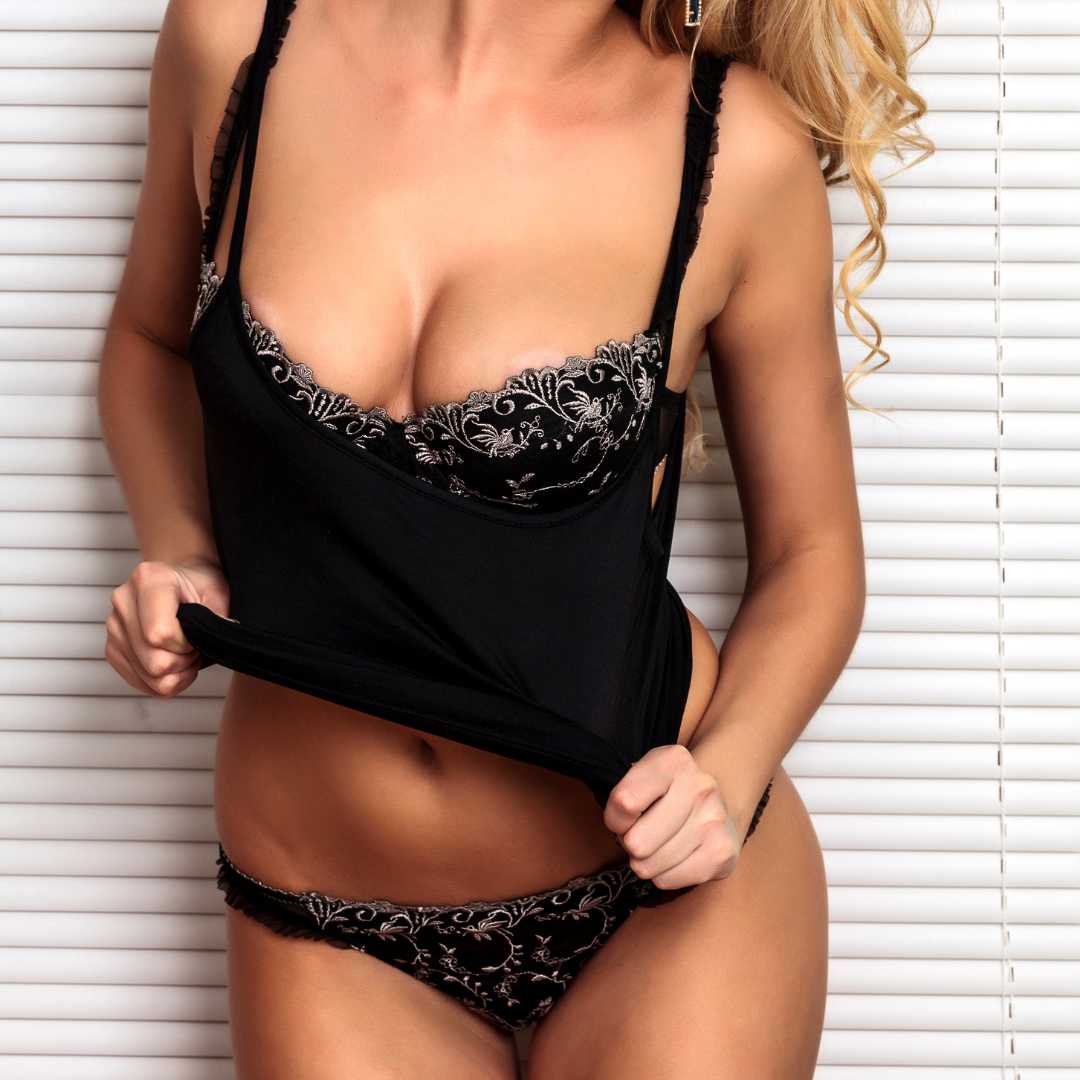
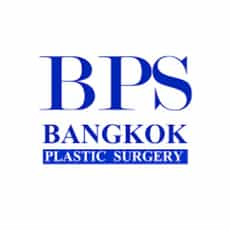
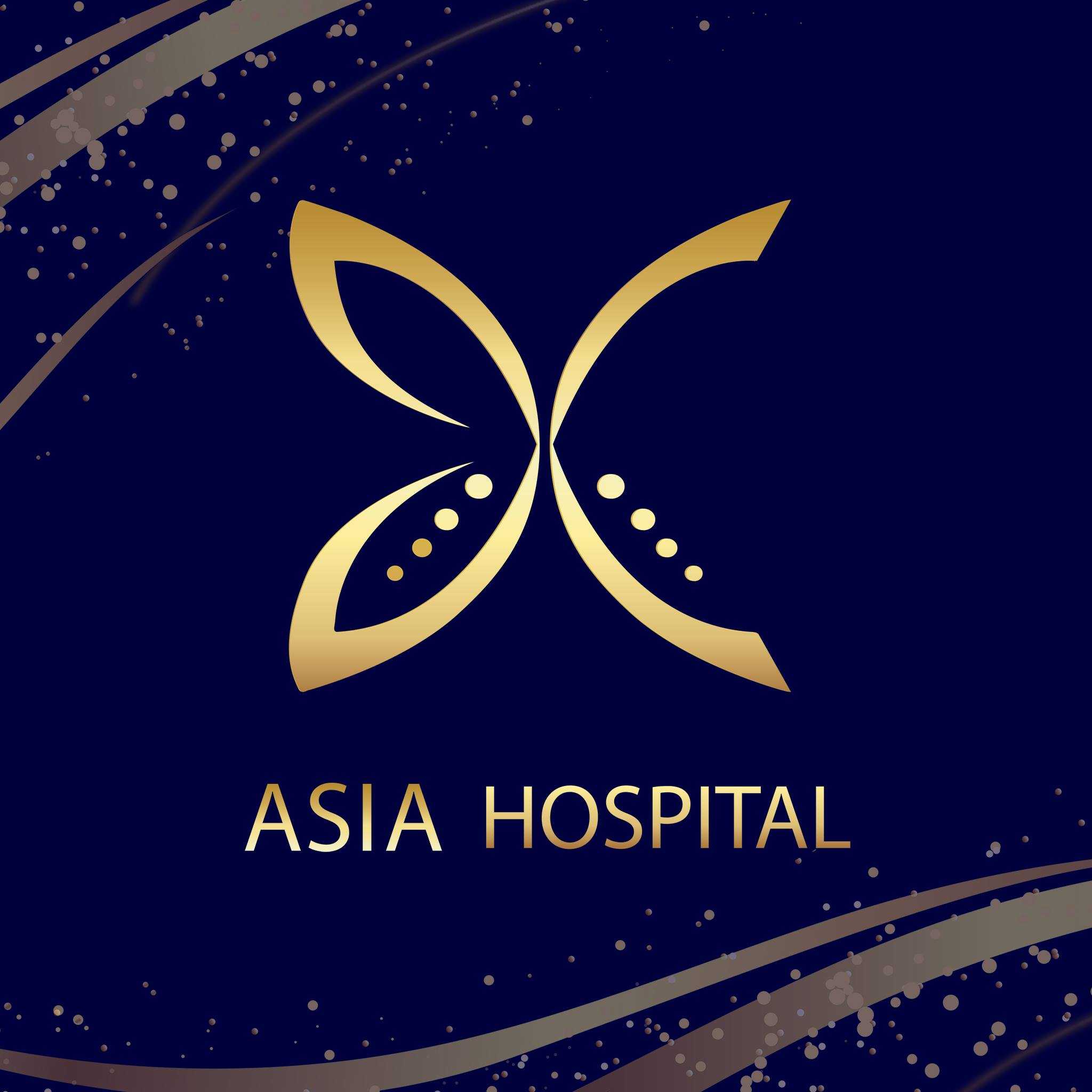
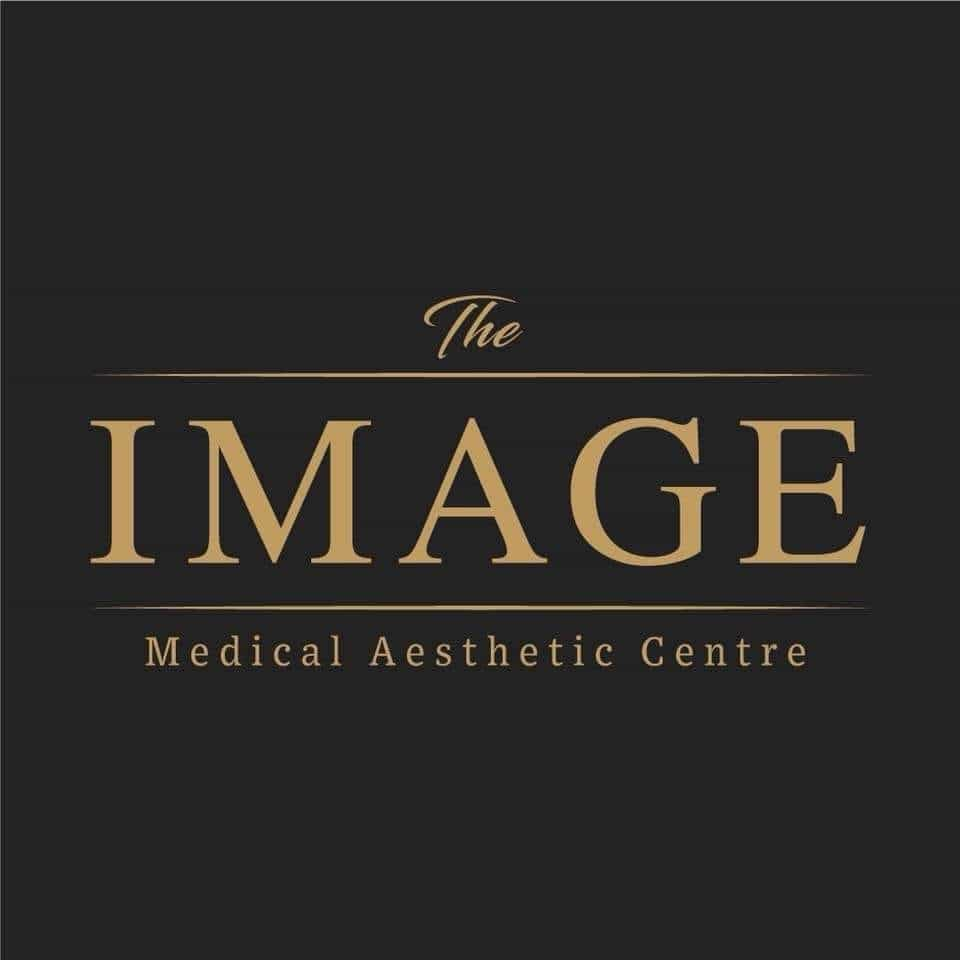
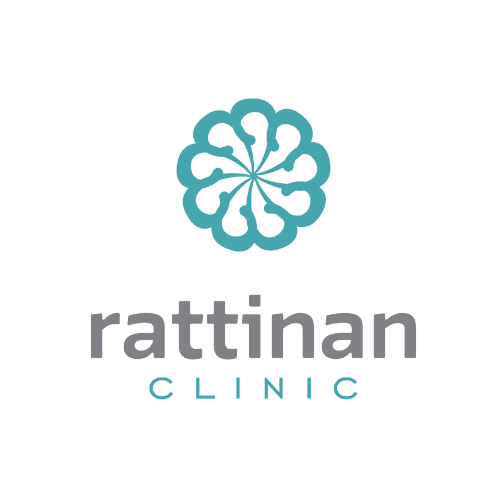
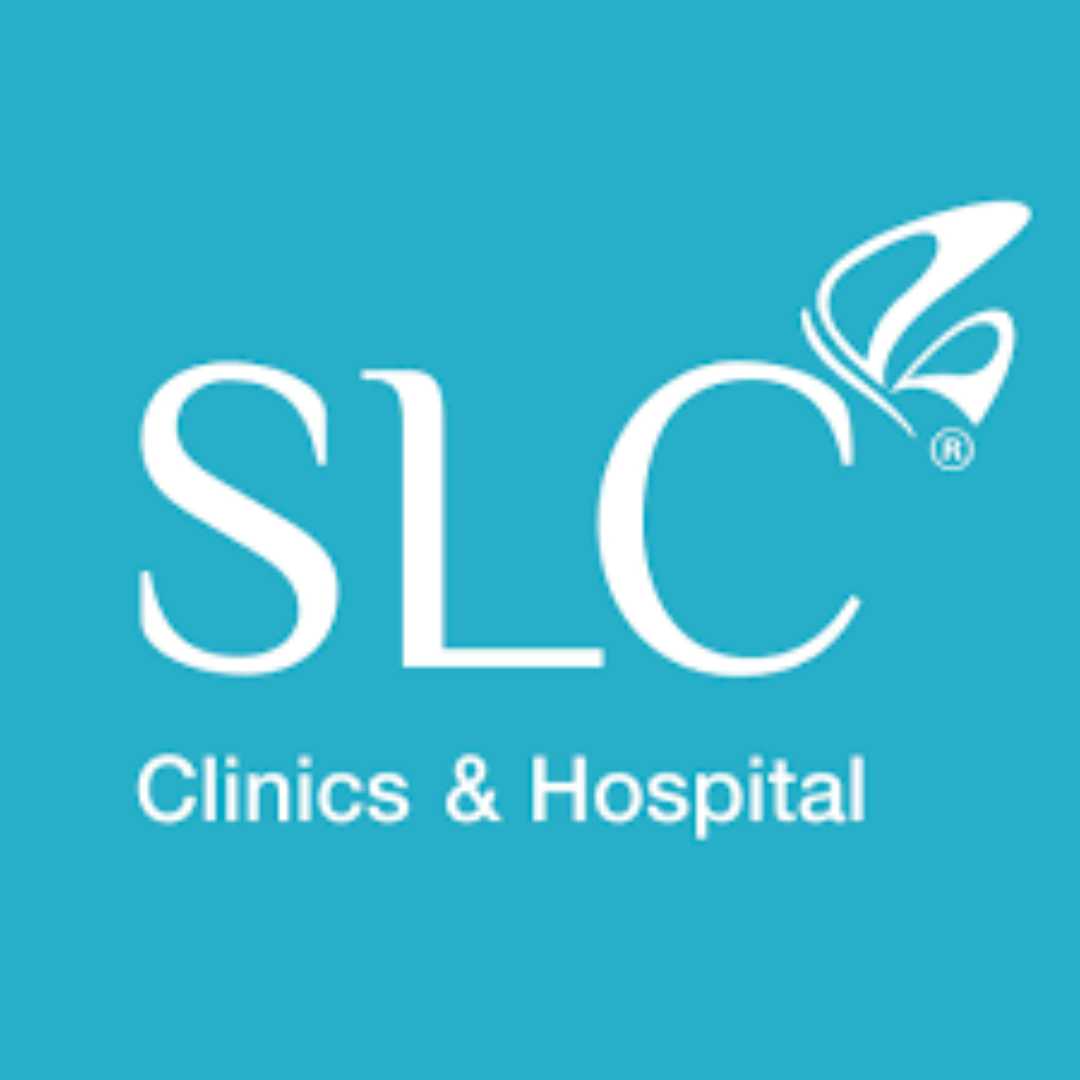

Share this listing